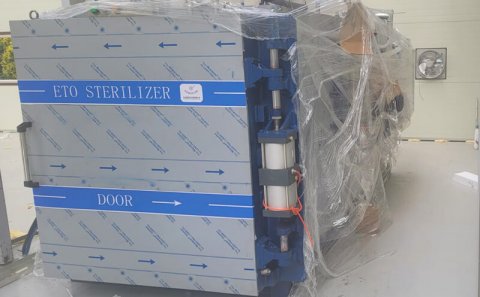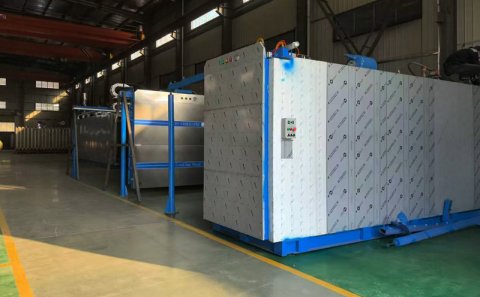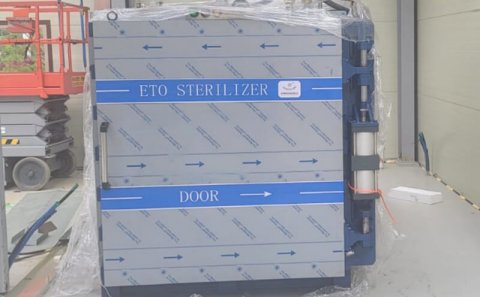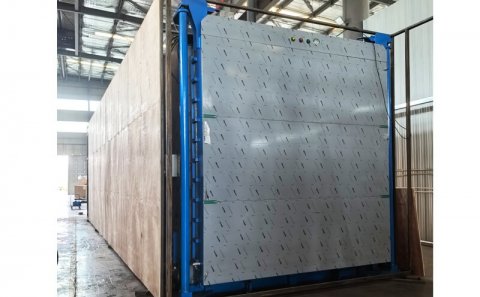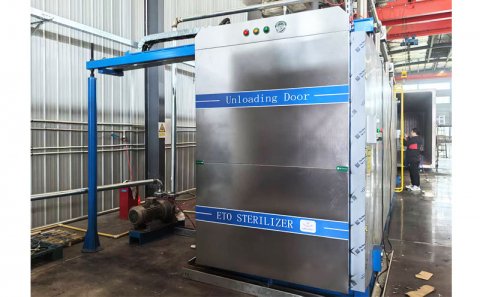EO sensor.This can be achieved by using independent control and monitoring systems, or by cross checking between control and monitoring to identify any differences or indicate faults.
If there is no detected fault in the control or monitoring function, the sterilization load can be released without meeting the required process parameters. In order to prevent this, it is generally used to provide redundant sensors for many key process parameters. Common options for using these redundant sensors include:
-
a) One sensor is used for control and the other for monitoring and reporting;
-
b) The system needs to generate automatic fault condition if the difference between two sensors exceeds the specified value;
-
c) The two element sensor is used for monitoring and control; if the difference between the two elements exceeds the specified value, the system needs to generate automatic fault conditions.
-
Temperature / humidity sensor
Temperature and humidity Description: temperature / humidity sensors shall be placed in a position that represents the maximum temperature difference, such as near unheated cabinets or doors, or near where steam or gas enters the component. Temperature sensors shall be evenly distributed on the available cabinet volume.
When selecting the packaging system for the planned sterilization products, some main design and manufacturing factors related to specific sterilization process should be considered. In order to ensure the permeability of ethylene oxide, the permeability of packaging to specific sterilization environment is particularly important. When air removal is part of the ethylene oxide sterilization process, the packaging system shall allow the gas to enter and exit. When the pressure changes due to the gas entering and leaving, the package shall not be damaged or broken, and the seal shall be complete.
Product / packaging sterilization process
The routine sterilization process is used to evaluate products / packages with multiple sterilization cycles. The impact of repeated sterilization and any necessary pretreatment on the material, function and safety of the product shall be evaluated.
Product loading
The product loading shall be designed to allow the removal of air, heat, moisture and ethylene oxide during sterilization and the removal of EO at the end of the process.
The loading mode in the cabinet will affect the heat, humidity, ethylene oxide penetration and ethylene oxide removal of the product. During the validation process, the loading method shall be determined to ensure that the product temperature, humidity, ethylene oxide penetration and ethylene oxide removal are sufficient during the process.
It should be proved that the specified sterilization process is effective for sterilization of the most difficult parts of the product, which can be confirmed by process definition and new product, or obtained by proving the equivalence with the confirmed product, or by using internal PCD to prove that it can meet the requirements of product Sal through the specified sterilization process.
The selected material shall be capable of withstanding chemical and physical changes caused by ethylene oxide and / or any diluent within the expected sterilization conditions. After sterilization, the material properties meeting the product performance requirements, such as strength, permeability, physical size and elasticity, shall be verified to confirm that the selected materials can still be used. The degradation effects after sterilization, such as cracking and embrittlement, need to be considered. The effect of multiple sterilization on the material should be verified.
After product testing and sterilization, it is carried out in the sterilization cabinet or in the cabinet similar to specific sterilization conditions. A specific group of visual inspection can be conducted for the sample.
Factors that may affect safety, quality or performance include:
-
The pressure change of sterilization cycle will affect the sealing integrity of sterile barrier system;
-
Exposure time, temperature, humidity and diluent of ethylene oxide of gas mixture.
-
New materials known to contain high EO residues.
-
Packaging characteristics;
-
The presence of lubricating oil, especially in the surface area of the match;
-
Whether medical devices need to be disassembled or cleaned;
-
hidden danger
-
Number of sterilization cycles.
Jun 17, 2025
view: 1661
ETO sterilization is often used in the packaging of medical devices. Lets first understand what is ethylene oxide sterilization: Ethylene oxide (ETO) is a kind of broad-spectrum and efficient gas sterilization agent, which has strong penetrability to...
Read More
Jun 17, 2025
view: 1001
Models for ETO Sterilizers Product forms manual door cabinet Power source AC380V,50Hz Sterilizer size (Length width height) Sterilizer volume From 1 to 100 cubic meters Sterilizer interior material 304 Anticorrosive stainless steel Outer carton mat...
Read More

